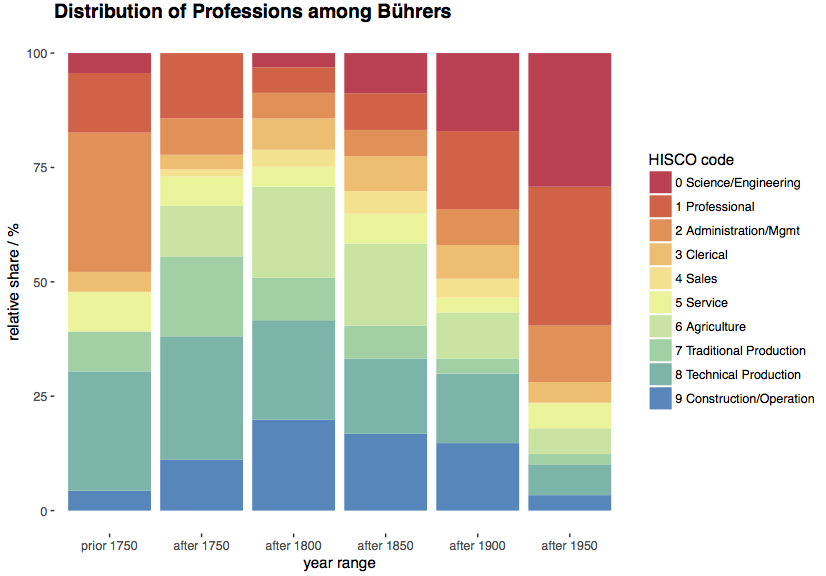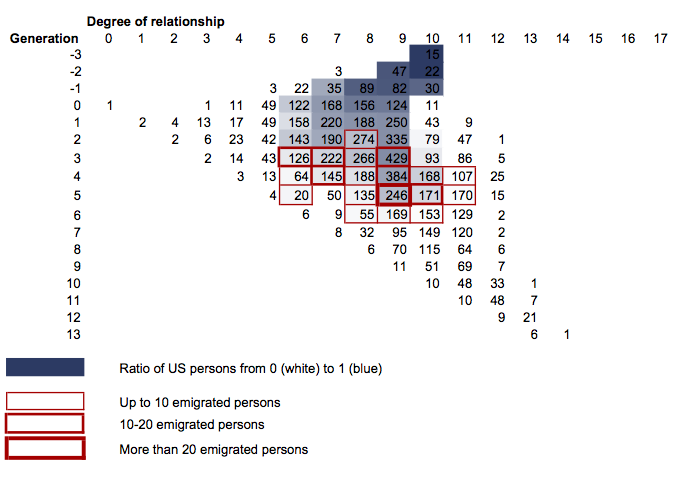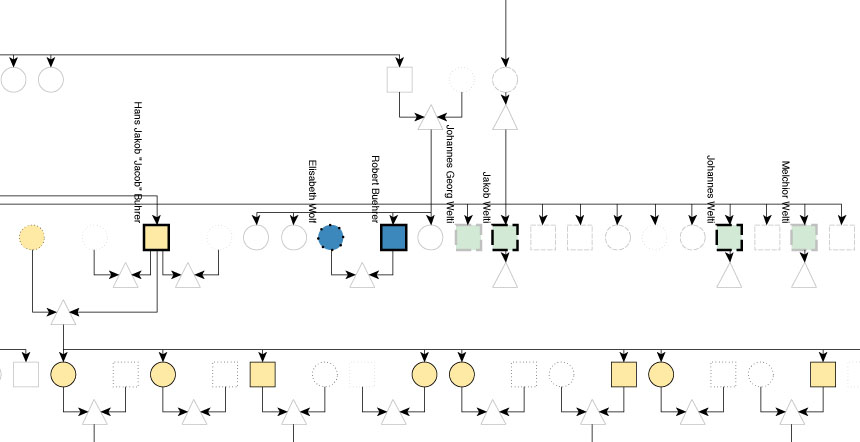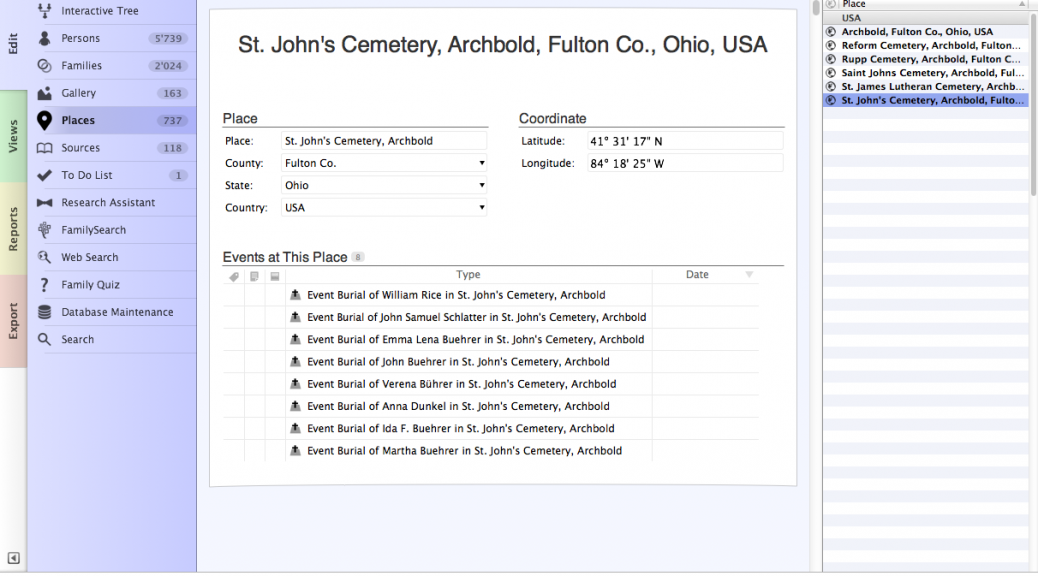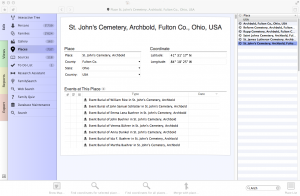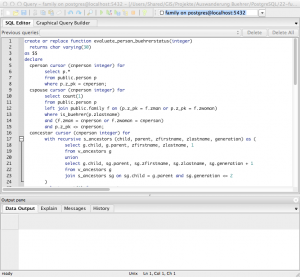What kind of work did the Bührers live off? A total of 815 Bührers in the dataset (10% of which are women) have profession information ranging from general titles such as “farmer” to very specific ones like “advanced planning manager at funeral home”.
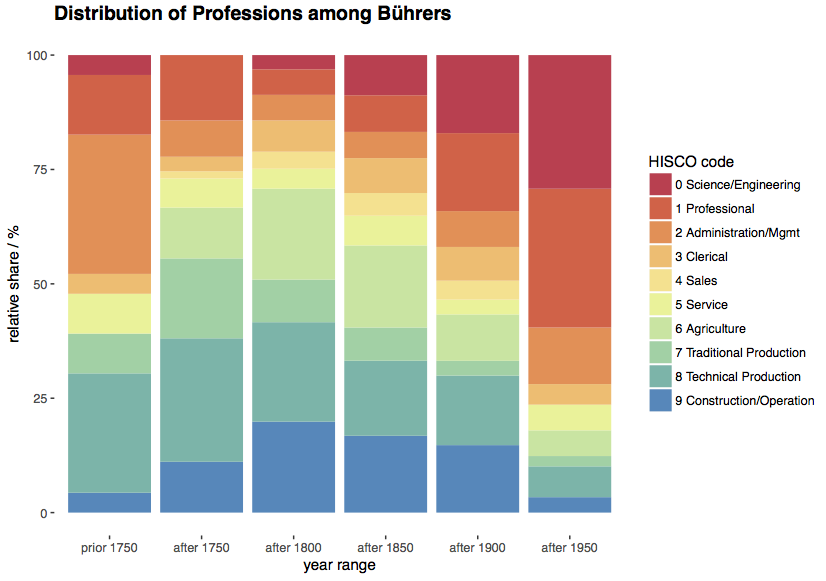
Professions have been coded with the Historical International Standard Classification of Occupations (HISCO) Tree of Occupational Groups, with modified category names to convey the predominant characteristic of the groups (categories 0-1, 7-9). The number of persons per time slice ranges from 23 (born prior 1750), 63 (born after 1750) up to 262 (born after 1850).
What comes as a surprise is the relatively low share of farmers (category 6) that never exceeded 20%. For most of the time there is a predominant share of production jobs, especially in the 18th and 19th century. Their nature, however, changed over time: e.g. from shoemakers to mechanics (category 8) or carpenters to factory workers (category 9). Not surprisingly some professions have ceased to exist, e.g. “Schalenmacher” (wooden bowl maker).
Women prior the 20th century had expected “woman professions” such as seamstress or nurse, with the odd teacher towards the end of the 19th century. It is only in the 20th century when “Professional, technical and related workers” (categories 0 & 1) become predominant occupations.
There is a clear bias to record/know professions with higher status, e.g. the “Vogt” (the equivalent of a bailiff) that features 6 times for the time slice up to 1750; the same holds true for other professions in the category 2 Administration/Mgmt such as “Gemeindepräsident” (mayor).

